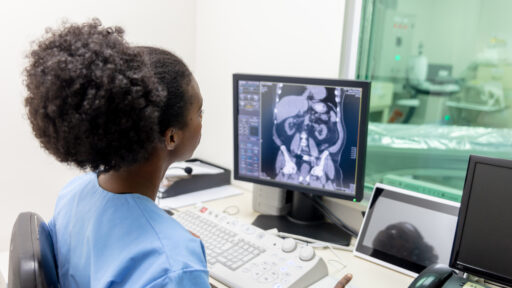Also called: Right-to-Left Shunt Study
A Right-to-Left (Rt-Lt) Shunt Study is a nuclear medicine test used to detect and evaluate the presence of abnormal blood flow between the right and left sides of the heart or lungs. The benefits of this study include:
- Accurate Detection of Shunts: The study is highly effective in identifying the presence and extent of right-to-left shunts, which are abnormal connections that allow blood to bypass the normal circulatory route. This is crucial for diagnosing conditions like atrial septal defects, patent foramen ovale, or pulmonary arteriovenous malformations.
- Non-Invasive Assessment: The test is non-invasive, involving the injection of a small amount of radiotracer, which then moves through the bloodstream. It’s a safe and minimally discomforting procedure for the patient.
- Quantification of Shunt Severity: The study can quantify the amount of blood that is shunting from right to left, providing valuable information on the severity of the condition. This helps guide the need for further intervention or surgery.
- Monitoring Treatment Effectiveness: For patients who have undergone treatment or surgery for shunt-related conditions, this study can monitor the effectiveness of the intervention and detect any residual or recurring shunts.
- Guiding Clinical Decisions: The detailed information provided by a Rt-Lt Shunt Study helps doctors make informed decisions regarding the necessity and timing of treatments, improving patient outcomes.

